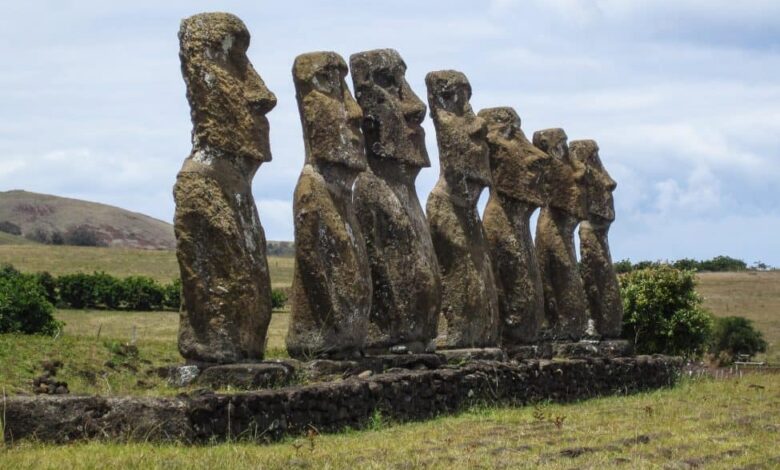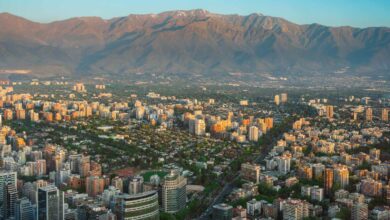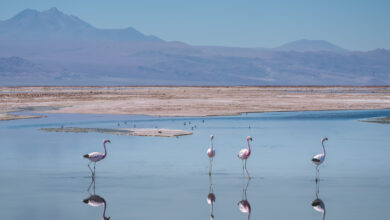
Easter Island – Mysterious Statues in the Pacific Island
Easter Island is a Polynesian island located in the southeastern Pacific Ocean. It is considered to be one of the most remote inhabited islands in the world, and it is also known for its mysterious statues. These statues have fascinated people for centuries, and many believe that they hold clues to the island’s ancient past.
A Brief History of Easter Island
Easter Island, also known as Rapa Nui, was first settled by Polynesians around 1200 AD. The island remained isolated from the rest of the world for centuries until it was discovered by Dutch explorer Jacob Roggeveen on Easter Sunday in 1722. By this time, the island was already suffering from a depletion of natural resources and a population decline.
The island was annexed by Chile in 1888, and today it is a special territory of Chile. The indigenous Rapa Nui people make up around 60% of the island’s population, and they have worked hard to preserve their culture and traditions.
The Mysterious Statues of Easter Island
The most recognizable feature of Easter Island is its statues, known as moai. These statues are massive stone sculptures that are carved in the shape of human figures. They range in size from just a few feet tall to nearly 80 feet tall, and they weigh anywhere from a few tons to over 80 tons.
The moai are believed to have been created by the Rapa Nui people between 1100 and 1680. They are made from a type of volcanic rock that is found on the island, and they were transported to various locations around the island using a system of ropes and sledges.
There are over 900 moai on the island, and each one is unique. Some have hats, or topknots, on their heads, while others have intricate carvings etched into their bodies. The moai were originally placed on large stone platforms, or ahu, which were built facing the sea.
The Purpose of the Moai
The purpose of the moai is still a mystery, but there are several theories about why the Rapa Nui people created them. One theory is that the moai were created to represent their ancestors, and that they were placed on the ahu as a way to honor them.
Another theory is that the moai were created as a way to protect the island from outside invaders. The moai face inland, and some believe that they were meant to ward off enemies that might come from that direction.
Yet another theory is that the moai were created as a way to mark important sites on the island, such as burial grounds or areas that were used for spiritual ceremonies.
Preserving the Moai
Despite their size and weight, the moai are actually quite fragile. Many of them have suffered damage over the years due to natural disasters, such as earthquakes and landslides, as well as human activity, such as vandalism and theft.
In recent years, efforts have been made to preserve the moai and the ahu on which they sit. The Rapa Nui people have worked with archaeologists and conservationists to restore some of the damaged moai and to prevent further damage from occurring.
Visiting Easter Island
Easter Island is a remote destination that is not easily accessible. The only way to reach the island is by taking a flight from Santiago, Chile, or Tahiti. There are no direct flights from North America or Europe, so visitors will need to plan their travel accordingly.
Once on the island, visitors can explore the various archaeological sites and learn more about the history and culture of the Rapa Nui people. There are also several outdoor activities available, such as hiking, snorkeling, and surfing.
Visitors should be aware that the island is small and fragile, and they should take care to respect the natural environment and the cultural sites. The Rapa Nui people are proud of their heritage, and they are happy to share it with visitors, but they expect visitors to treat the island and its inhabitants with respect.
Conclusion
Easter Island is a unique and mysterious destination that has fascinated people for centuries. The moai are an enduring symbol of the island’s ancient past, and they continue to inspire wonder and curiosity in visitors from around the world. Whether you are a history buff, an adventurer, or just someone looking for a remote and beautiful destination, Easter Island is worth a visit.

